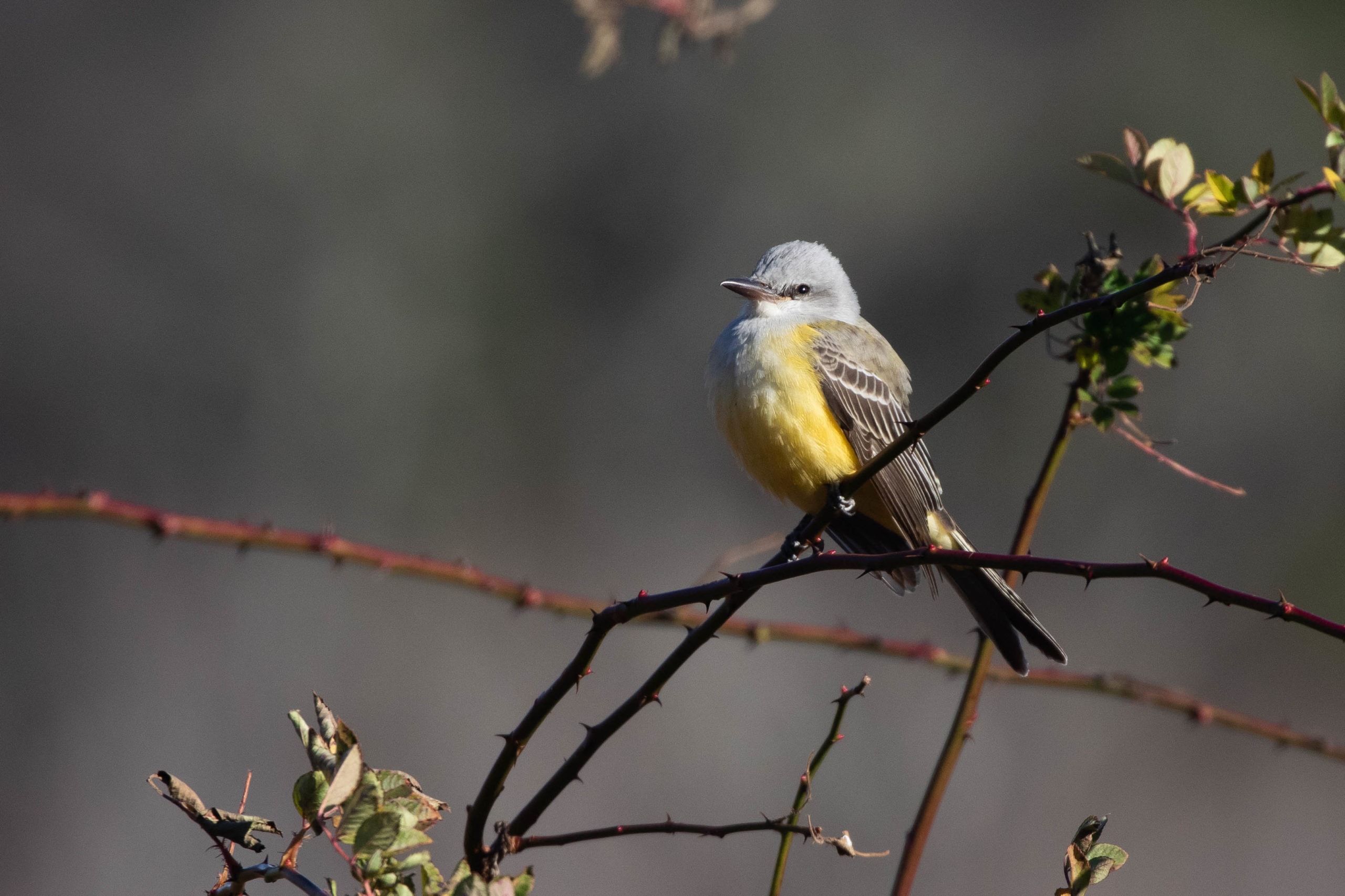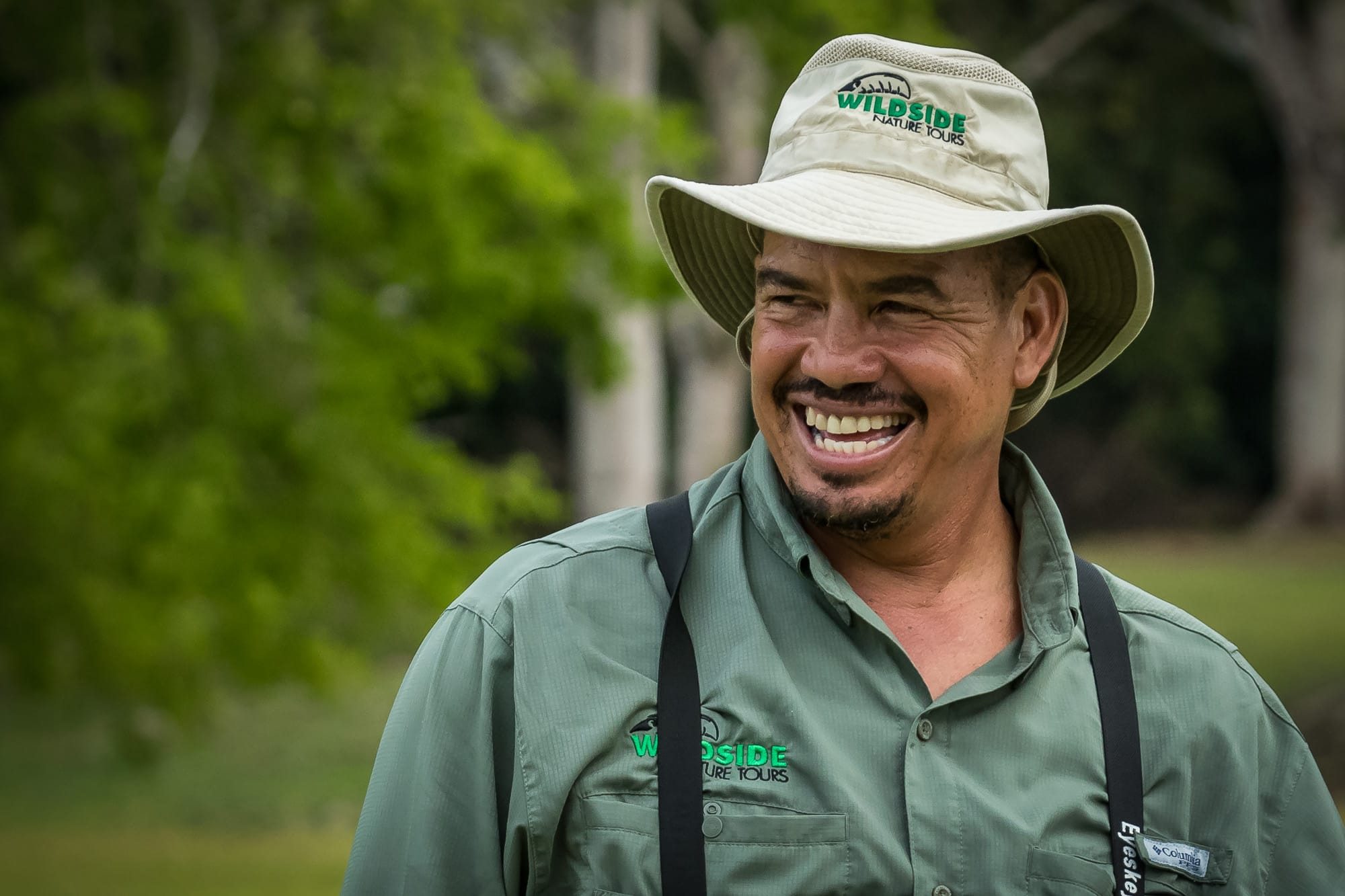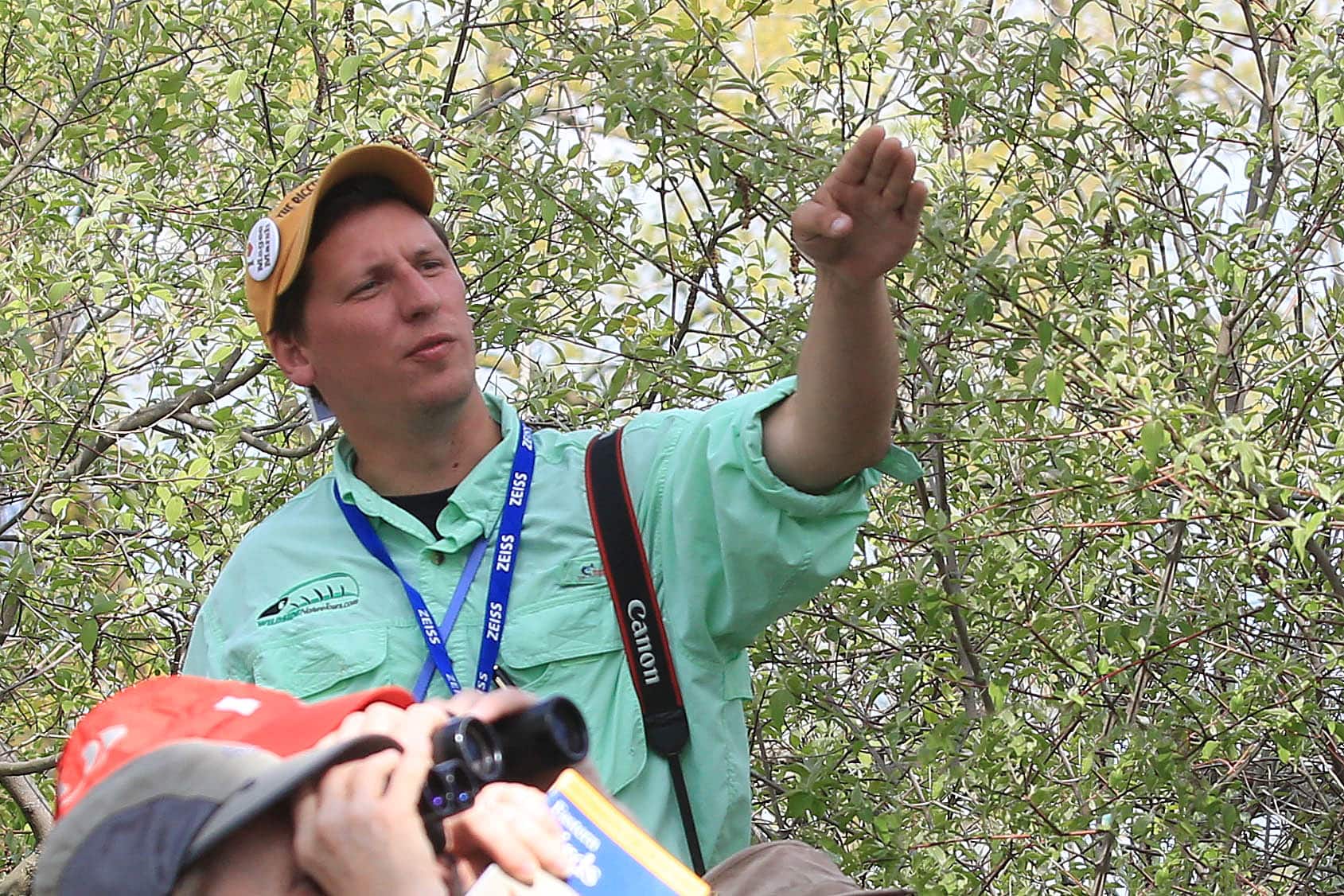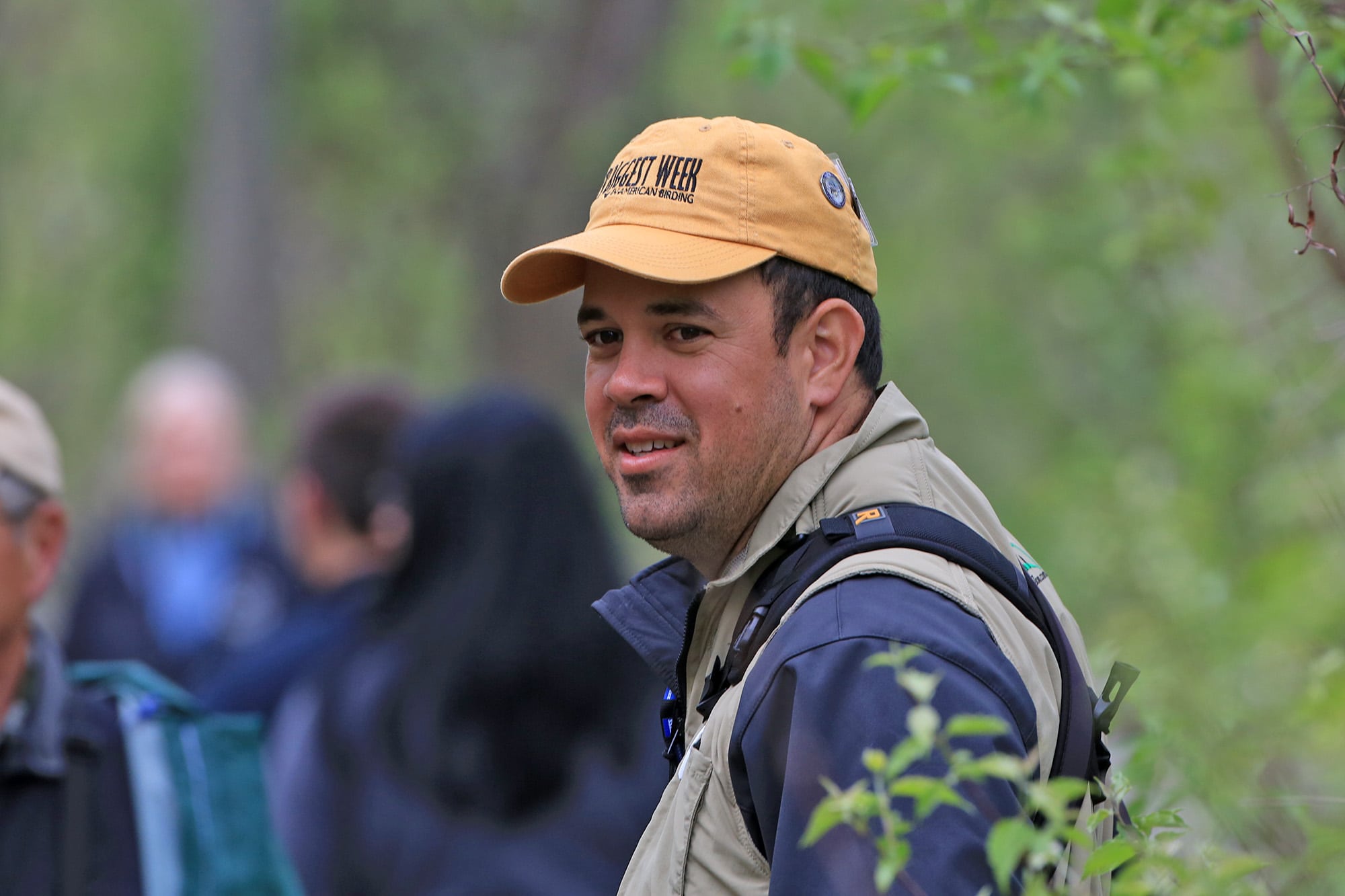Since we are up in New Hampshire for Thanksgiving Lauren diBiccari, Janel diBiccari, and I had the opportunity to chase after the stunning Couch’s/Tropical Kingbird x Scissor-tailed Flycatcher hybrid which has been very cooperatively hanging out at a WMA near the New Hampshire coast for 10 days now. The only other eBird record of this combo is from Livingston County, NY in November 2003… almost the exact same latitude and same timing, plus the bird looks almost identical even right down to the wing and tail molt limits. Apparently fecal samples were obtained, so hopefully the Couch’s vs Tropical part can be worked out!

This hybrid is continuing since November 14th when it was discovered here by Jason Lambert. For eBird purposes, this bird is currently being entered as Couch’s x Scissor-tailed as that is the only option available, however there is no way to rule out a Tropical x Scissor-tailed combo without genetic sampling (which may hopefully happen since it seems some fecal samples were obtained). Regardless of Couch’s or Tropical, this hybrid is certainly one of those species mixed with Scissor-tailed Flycatcher. The plumage features and overall structure are a perfect blend of those species:
It is quite large for a kingbird, with a large and blocky head, and broad shoulders reminiscent of Couch’s/Tropical. The overall body shape is slightly more narrow that Couch’s/Tropical. The bill is large and thick-based, but intermediate in size between Couch’s/Tropical and Scissor-tailed. The base of the black bill is pinkish. The tail is long and broadly-forked, with older (worn, brown) outer tail feathers and fresh (crisp, black) inner tail feathers. The outer edge of the tail feathers are grayish-white. The tail itself is broad-based similar to the structure of Couch’s/Tropical. The head is light-gray similar to Scissor-tailed, with a white throat and breast. The lower body is bright yellow. The center of the back is a mix of light-gray and light-green. The wing feathers are brown and the coverts are broadly-edged in white. The broad shape to the tips of the outer primaries suggest this is not an adult male, but more likely a female or immature. There is a small patch of very faint pinkish wash at the birds ‘shoulders’ similar to Scissor-tailed. We heard it vocalize one time and it made a sputtering twitter call similar to those of Couch’s/Tropical and Scissor-tailed, but we did not manage to get an audio recording.

At the very same location, about 100 feet away from the kingbird, we personally discovered a female Bullock’s Oriole foraging on crabapples! This is the ~6th record for NH and particularly rare to find away from feeders as a vagrant! Quite the stroke of ‘Patagonia Picnic Table’ luck on our side! Stumbling into this oriole vagrant was a huge surprise! We heard from other birders that the hybrid kingbird was not currently being seen when we arrived, so we began to walk down around the trail toward the short-grass field and search for the kingbird, but right where the trail opens into the field an oriole flew past us and landed in a nearby tree where it began feeding on crabapples. The oriole was moving around a large area, but foraging actively on a variety of fruits and being quite obvious when present. It was briefly seen being chased by a mockingbird and also heard doing a chatter call once. The overall pale, grayish plumage immediately seemed best for Bullock’s and we were able to confirm that identification with better views of the wingbars and distribution of orangey coloration. Orange wash was brightest on the head and bled down into the upper breast, unlike how female type Baltimore Orioles have orange color centered on the upper breast with a mostly grayish or yellow head. It has a thin black eyeline. The upper wingbar was thickly white with black ‘teeth’ along the upper edge characteristic of Bullock’s. The center of its back was gray, the belly was light-gray, the undertail coverts were faintly yellowish-gray. The tail was yellow-orange.









































